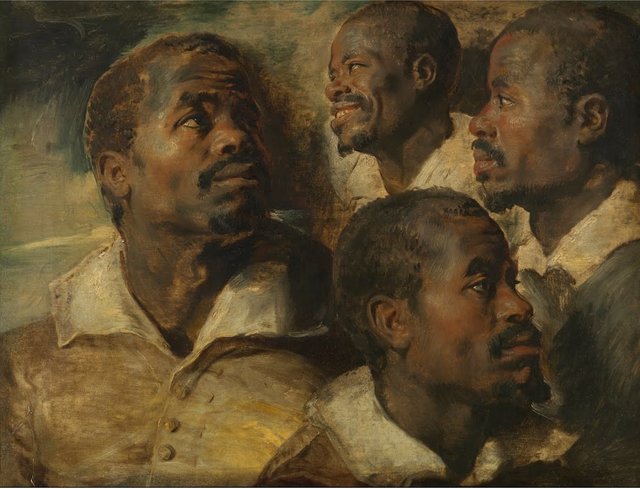
Peter Paul Rubens is a Dutch painter, one of the founders of baroque art, a diplomat, a collector. The artistic heritage of Rubens has about 3000 paintings, a large part of which was done in cooperation with students and colleagues, the largest of which was Antonis van Dyck. According to the catalog of M. Jaffe there are 1403 authentic canvases. There is a vast correspondence of Rubens, mostly diplomatic. He was elevated to noble dignity by the Spanish King Philip IV and granted the knighthood of the English King Charles I with the inclusion of the heraldic lion in his personal coat of arms. With the acquisition in 1635 of the castle of Steen in Eleveit, Rubens received the title of seignior.
The work of Rubens is an organic fusion of the traditions of the Breigelian realism with the achievements of the Venetian school. Rubens specialized in religious painting, painted paintings on mythological and allegorical subjects, portraits, landscapes and historical canvases, and also sketches for tapestries and book illustrations. In the technique of oil painting, Rubens was one of the last artists to use wood panels for easel works, even very large in size.
This attractive oil sketch of a man’s head in four different poses is undoubtedly one of the most popular Rubens works in the museum, if not of Rubens’ entire oeuvre. For a long time experts were divided on whether to ascribe it to Rubens or to Van Dyck. The latest investigations into the paint layering appear to support the museum, which has always considered Rubens as the author. It is easy to understand the popularity of this work. The masterly painting technique – free, virtuoso and rhythmic – is easy to read. The human subject matter, without any barrier of complicated mythology or religious themes, speaks to us directly. The whiff of exoticism in the living representation of a man from a distant country tempts some, the dignified treatment of a member of a frequently discriminated racial group wins over others, and a third group of viewers rejoices at this picture of a human being full of apparently uncomplicated joie de vivre. Rubens would perhaps be surprised at the special predilection for this work of his. It is certain that he also gave this sketch the full force of his artistic ability. Added to this, he took the technique of the oil paint sketch, developed earlier in Italy, to unknown artistic heights, as in the unique series of designs for the Torre de la Parada which are found in the Brussels museum collection. Rubens made sure that his sons would have such studies should they themselves want to become painters. But ultimately this type of facial study was intended for inclusion in much more ambitious compositions. Such telling observations from various angles were particularly suited to multiple, and hence highly economic, use in a very wide variety of paintings. The same head reappears for example in the Adoration of the Magi, also conserved in the museum, but then as the head of a turbaned wise man in the middle ground: here he is organically included in a detailed and monumental altarpiece, which today elicits much less enthusiasm and attention.

